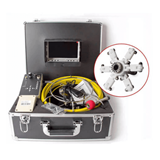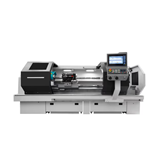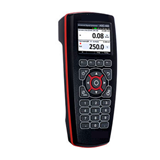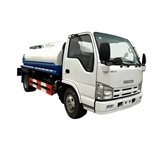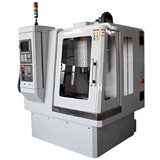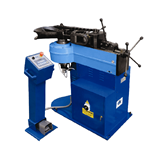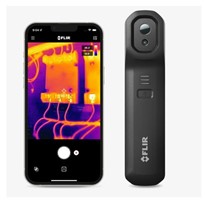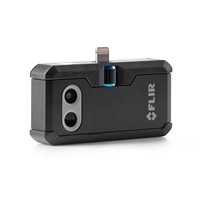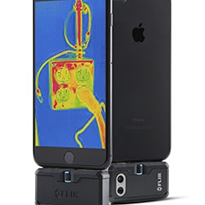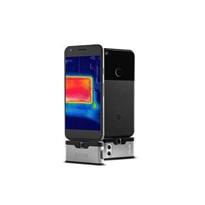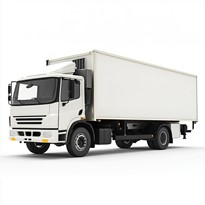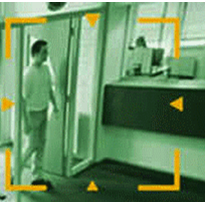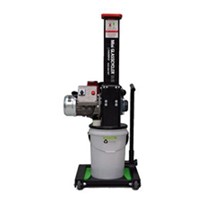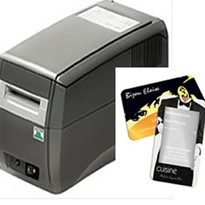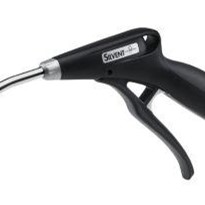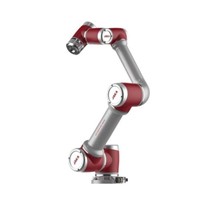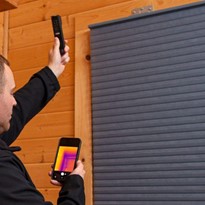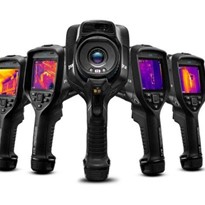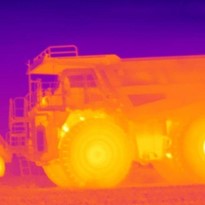Check for Heating and Cooling Loss
It’s no secret that thermal imaging makes for a great home energy audit that you can perform yourself. We’ve covered this topic before, but the new FLIR ONE Edge Pro’s detachable camera allows you to get a good view of your target more easily.
Windows and doors are a common culprit when it comes to out-of-control energy costs, whether they suffer from old, disintegrating seals or weren’t sealed properly to begin with. The Edge Pro lights up temperature differences in these problem areas and allows you to identify problems almost instantly with your eyes.
An important note though is that certain materials will naturally be colder or hotter while still insulating properly. To see if a window or door is keeping air in, look at the walls around the entry way. If cold or hot air is creeping from the entryway to the walls, it means there’s a temperature leak. If the temperature difference is concentrated and has a sharp edge though, you’re probably fine.
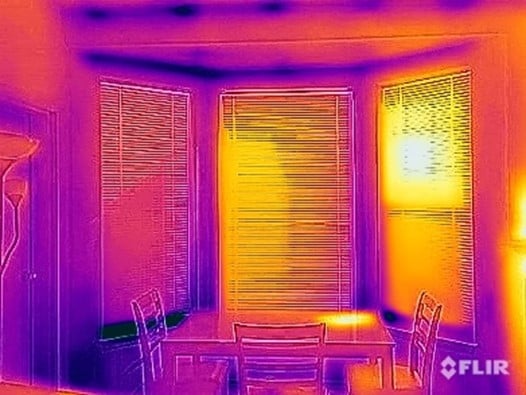
Purple is creeping along the walls indicating cold is leaking in.
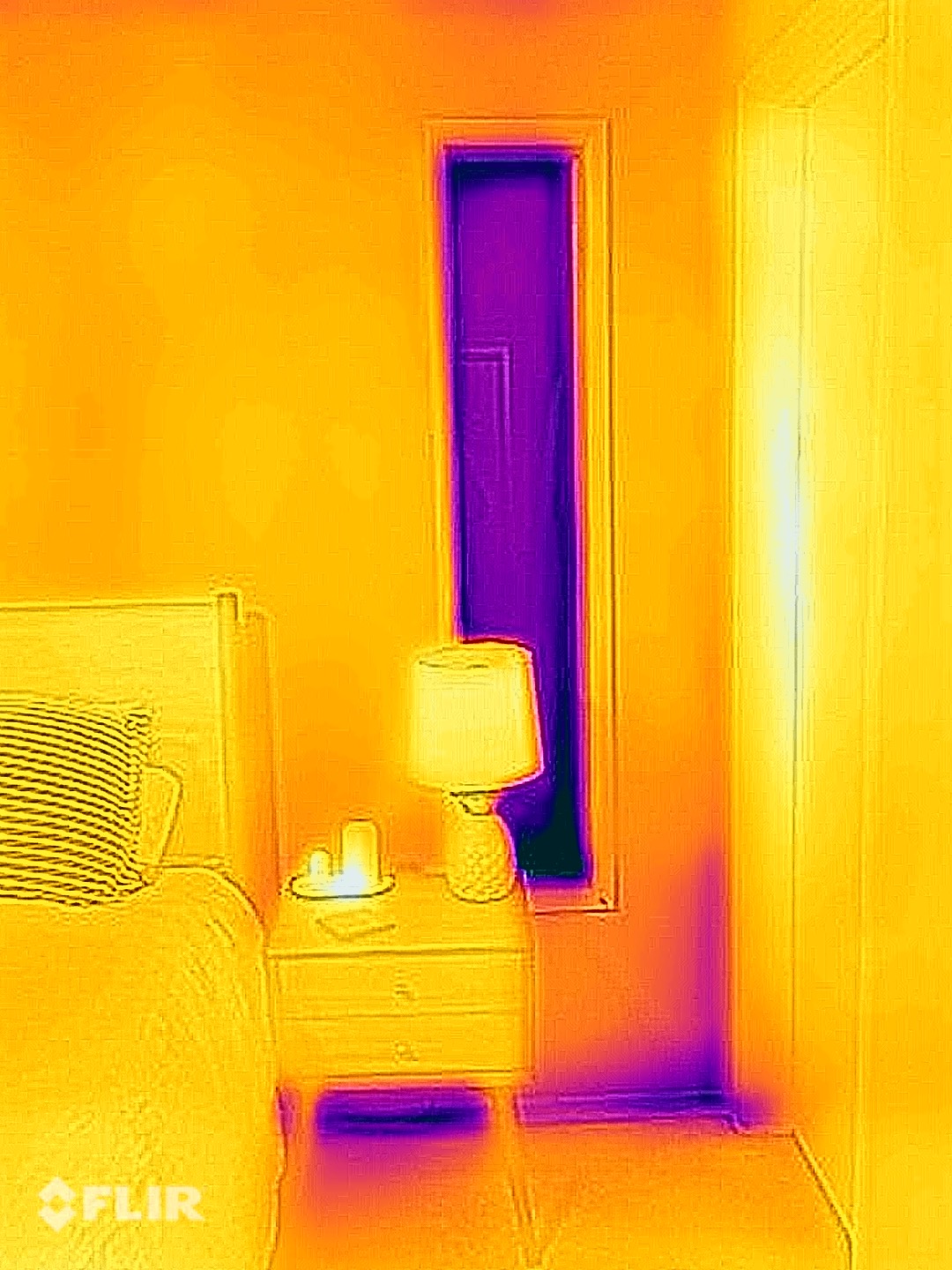
Walls around the window remain warm despite cold temperature present on the window frame. Insulation is most likely fine in this case.
Check for Water Damage
Bathrooms, kitchens, laundry rooms, basements, attics, and outward facing walls are all exposed to a regular amount of moisture and are susceptible to water leaks. Water penetrating these areas can lead to mold and create ice buildups that shift your home’s insulation around creating higher energy bills. The Edge Pro is able to detect temperature differences created by this moisture and can help pinpoint problem areas that you can either fix yourself or give to an inspector to perform further analysis.
The detachable camera is especially useful in this case as you can you check under sinks and around corners of any appliances that use water. Having your camera independent of the screen you’re looking at means checking low spaces and high corners without hurting your neck. This feature is especially useful when checking for water damage from rain coming through a ceiling or attic as these areas can be especially prone to water damage. The Edge Pro can get as high as you need it to check corners or insulation while keeping the screen within viewing distance.
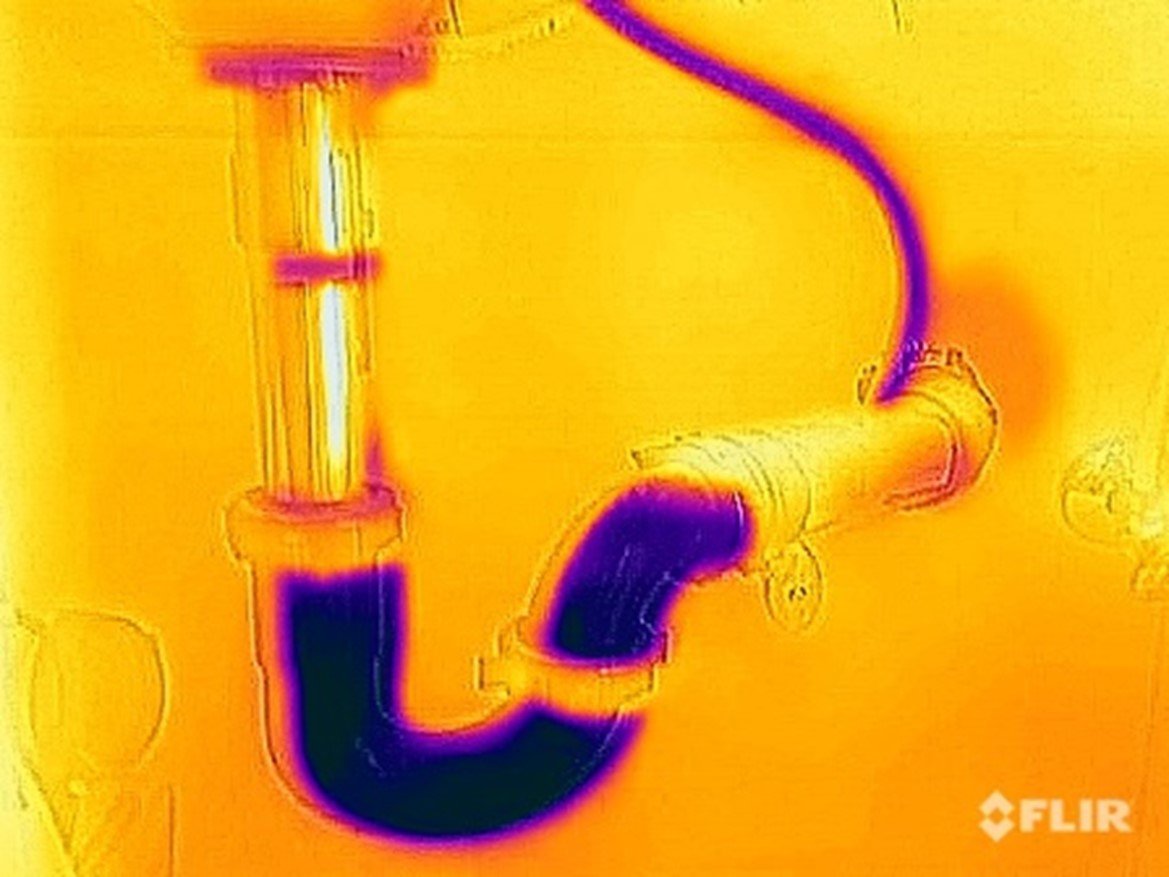
Checking under sinks for a leaky pipe is made easy with the Edge Pro
To detect water damage, you’ll want to look for two identifying shapes that will appear. Water damage from the floor tends to be concentrated along the bottom edge of the wall and will gradually creep up it. The second shape is a downward triangle that is heaviest at the top and thins out at it travels downward or across a ceiling. To start checking, turn your heat on and allow your walls to warm up for a bit. Any water present will warm much slower than dry walls and will show up clear under thermal imaging.
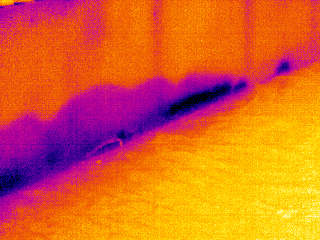
Water damage coming up from the floor.
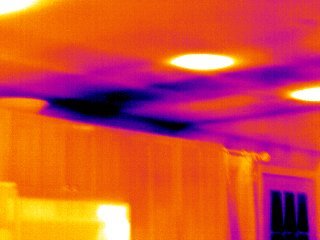
Water moving across a ceiling.
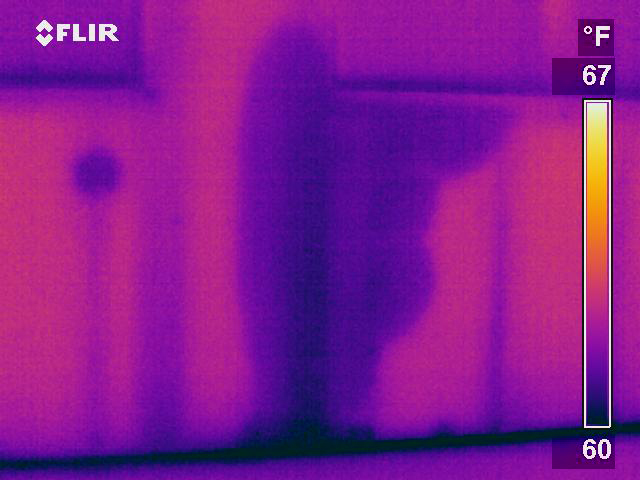
Water moving down from the ceiling.
Check Your Cable and Energy Management
Those with a desk in their home office or a media center that holds multiple electronics are probably familiar with age old practice of shoving all your cords in the back where they can no longer be seen. While you might be able to ignore a mess of cables, you cannot ignore the heat they generate or the potential fire they may start.
It would take a larger than average amount of cords for anything dangerous to happen, but it can be worth checking if you’re someone who runs a lot of power to one area or runs multiple electronics through a power strip to a single outlet on your wall. Thermal imaging lets you check your outlet’s temperature to see if it’s running too hot and the Edge Pro can help you get behind any furniture in the way.
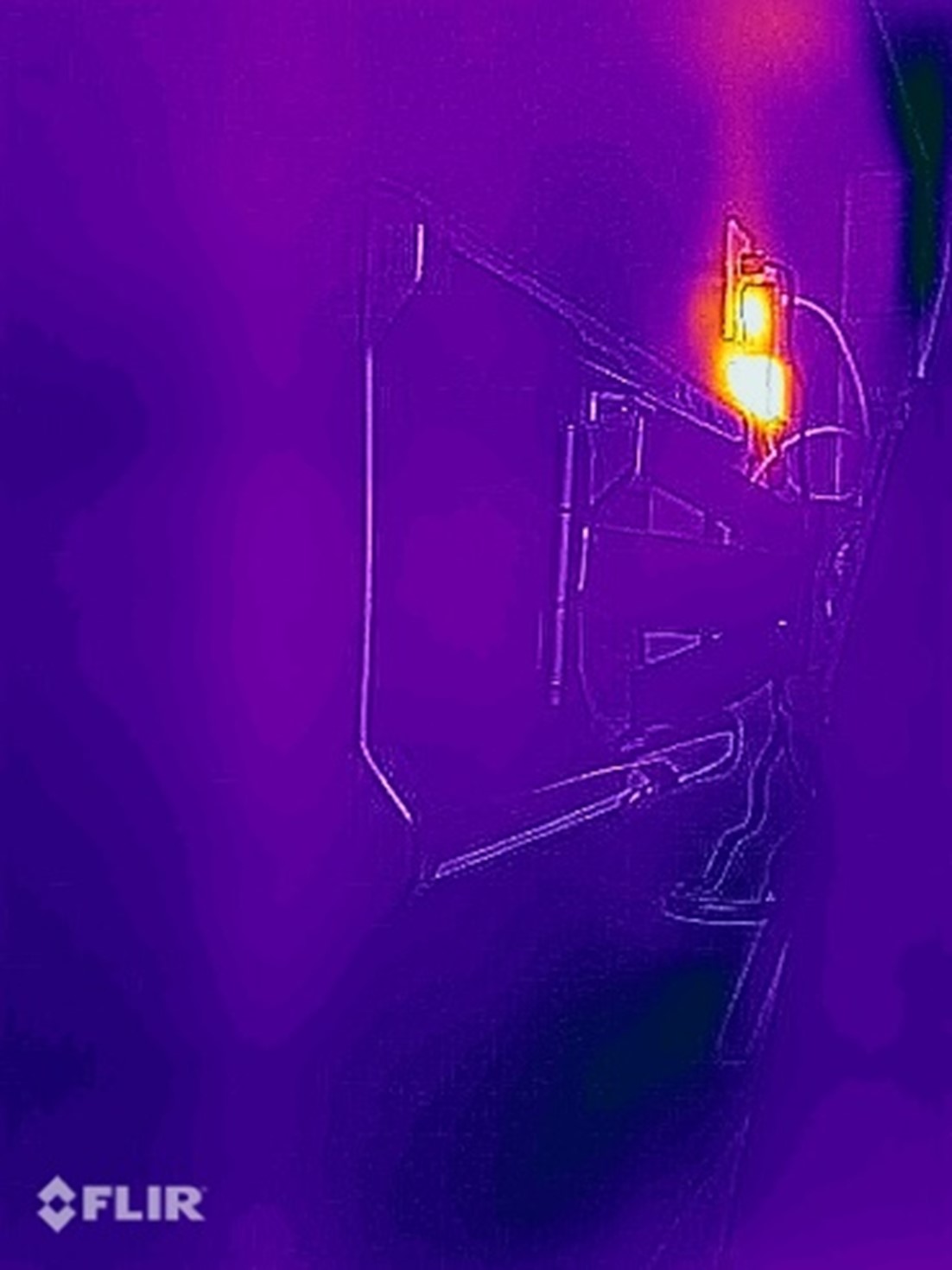 Behind a wall mounted tv we can see the outlet its drawing power from.
Behind a wall mounted tv we can see the outlet its drawing power from.
A quick, general inspection of all your electronics can be useful as well as some electronics will continue to pull power from the outlet even when their powered off. If you want to know everything that’s adding up to the energy bill, it could be worthwhile to check around your house and see how many devices are drawing phantom power.
Cooking Uses
Cooking is made of four fundamental parts: salt, fat, acid, and most importantly, heat! Thermometers are regularly used to make sure a dish has reached a certain temperature before moving on to the next step. There’s nothing wrong with using traditional methods but if you find yourself in a pinch without a thermometer or you just have your phone in hand, the Edge Pro can be a useful alternative.
(Note: thermal imaging sees only the surface temperature of an object and is therefore NOT a replacement for a meat thermometer when cooking with raw meats.)
Pizzas made from scratch are even better when baked on pizza stones, which give them a crispy crust without drying out the ingredients on top. Stones need to be heated to around 500 degrees Fahrenheit, and while your oven may read one temperature, the stone itself could take longer to reach temperature. You simply can’t judge it with your eyes alone. Pulling out your Edge Pro and getting a quick read on the stone will let you know when you’re ready to cook.
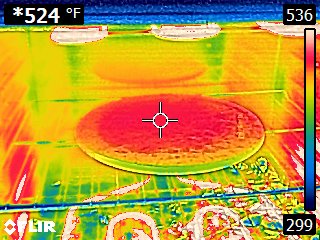
Deep frying likewise requires you pay careful attention to the temperature you’re cooking with. Oil that’s too cold won’t produce a crispy product, while oil that’s too hot will overcook the outside before the inside has finished. The temperature of your oil must also be rechecked frequently as frying food causes the oil to cool down and must be brought back up before frying again. An Edge Pro can be pointed at your frying vessel and used to confirm temperature quickly without needing to get too close where hot oil could spatter onto your hands.
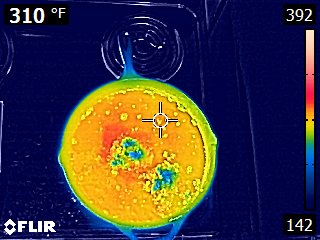
Confirm Appliances Are Working as Intended
When moving into a new home or apartment, you want to confirm you’re getting what you pay for with your appliances. Refrigerators and laundry machines can be prone to issues you can’t see with your naked eye. Using thermal imaging, we can confirm all these appliances are functioning as intended and not causing you extra headaches after you move in.
Sometimes the freezer in a refrigerator units can run too cold and cause ice to build up along the backside of the unit. Ice buildups up gradually and can cause a gross mess to form behind your fridge once it melts. The Edge Pro’s detachable camera lets you check behind fridge and other appliances much more easily.
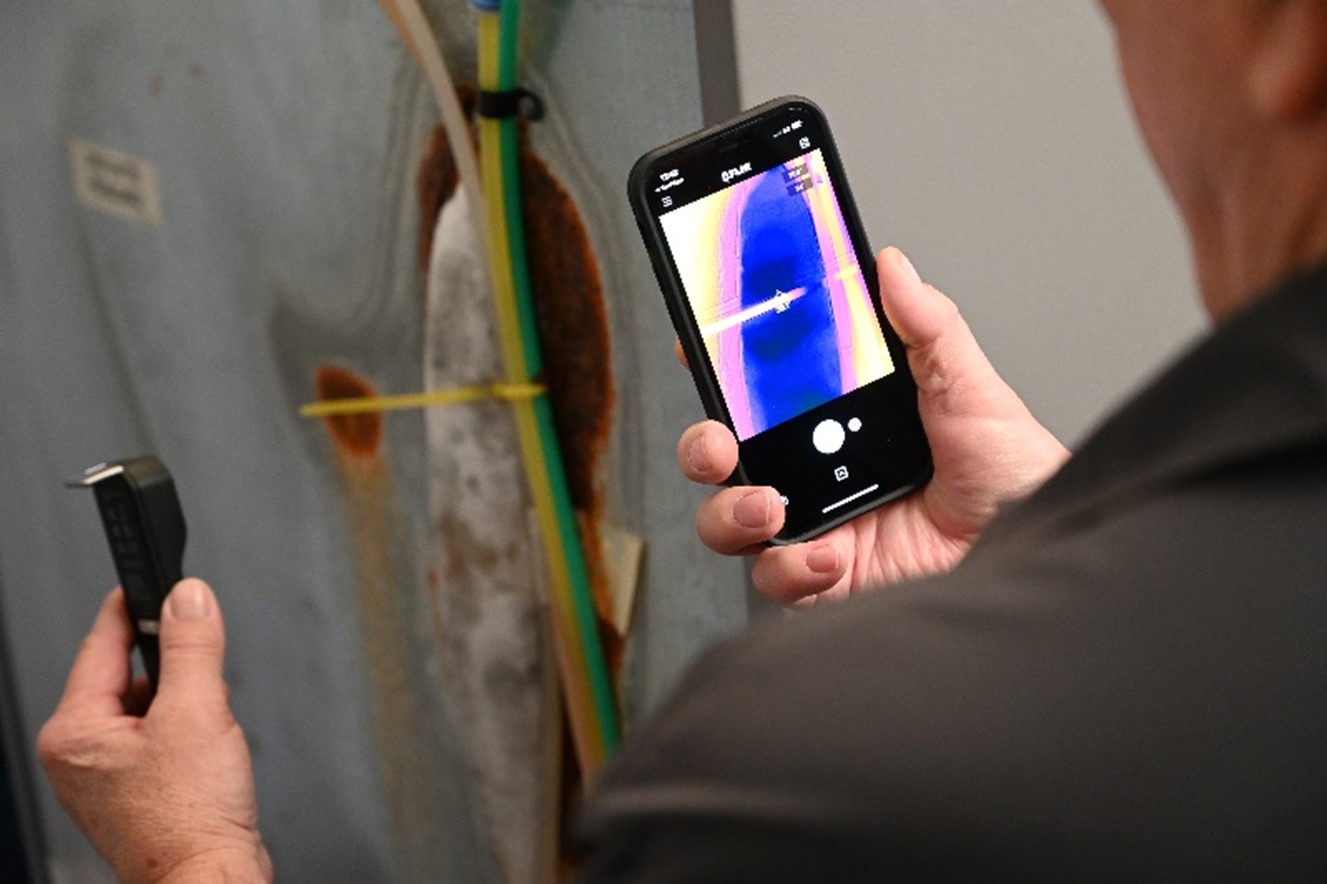
Inspector checking a fridges backside with the edge pro.
Your laundry room is exposed to plenty of heat and moisture from your laundry machines and are the perfect breeding grounds for mold. Using thermal imaging, you can easily check how the machines are performing and if any problems appear. The detachable camera makes quick work of checking behind your machines where you can check the hookups. Check the washing machine hookups for any out of place cold spots that could mean water leaks. Your dryer hookup on the other hand should show heat concentrated around the aluminum vent. If you see sharp contrast between the vent and the rest of the room, the warm air is being ventilated properly and you’re not taking on any extra heat in your home.
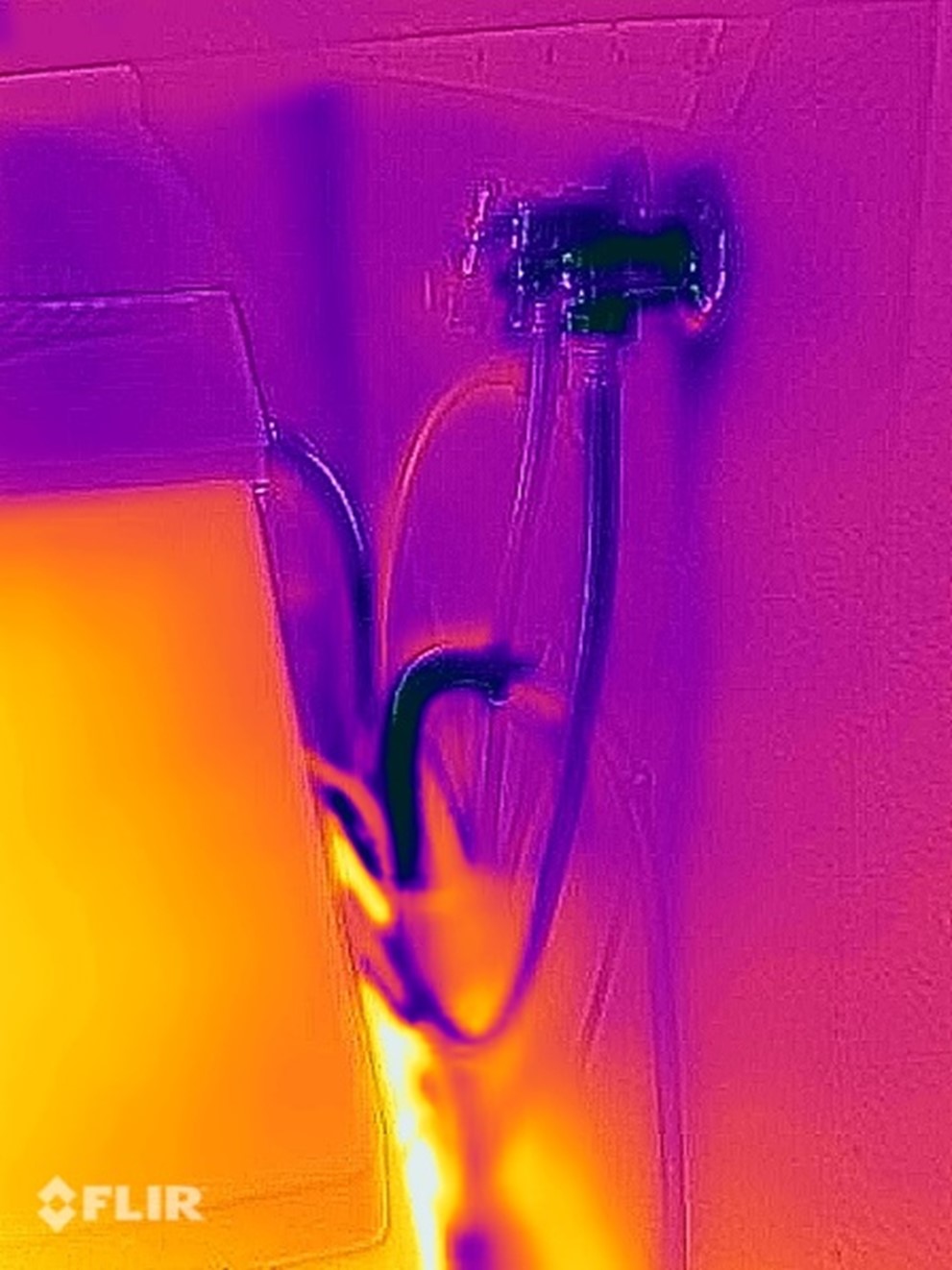
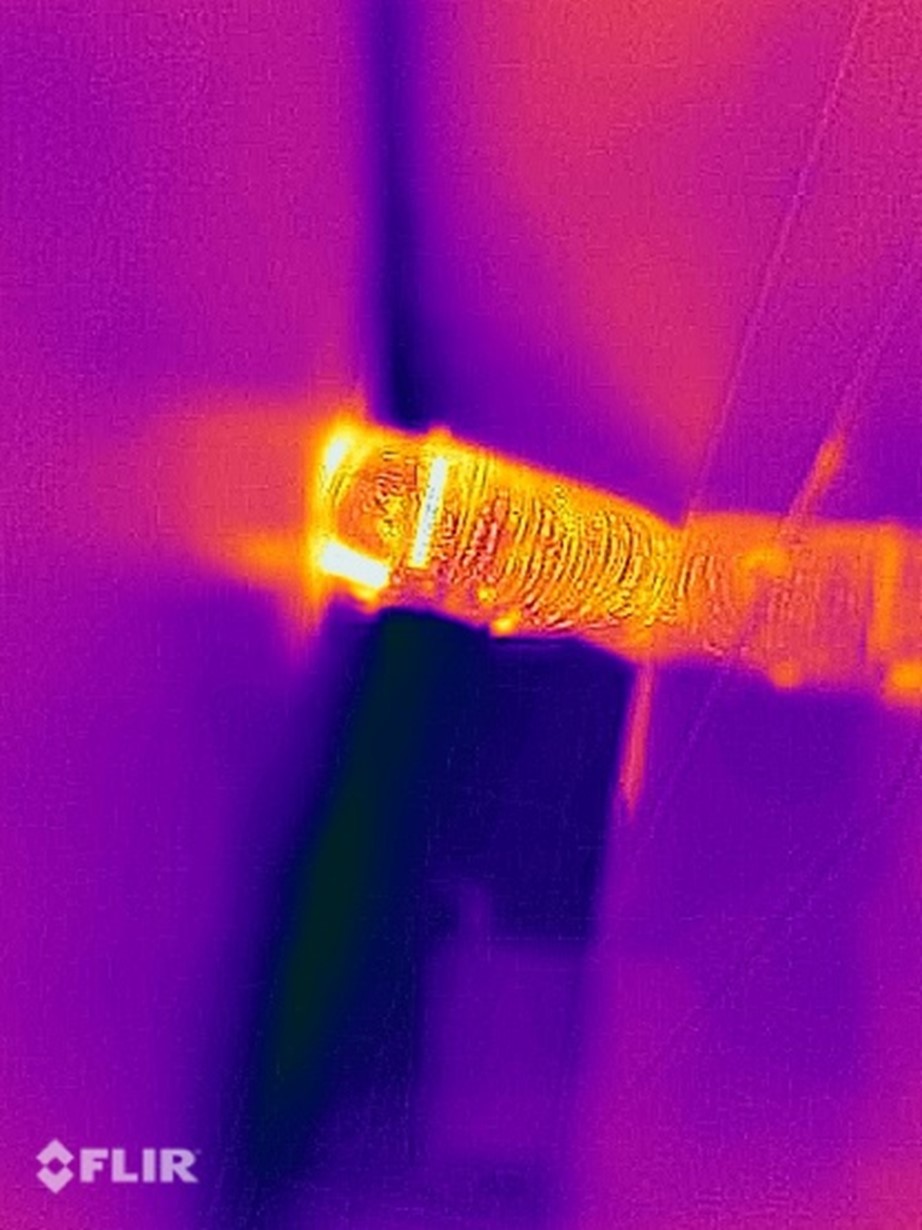


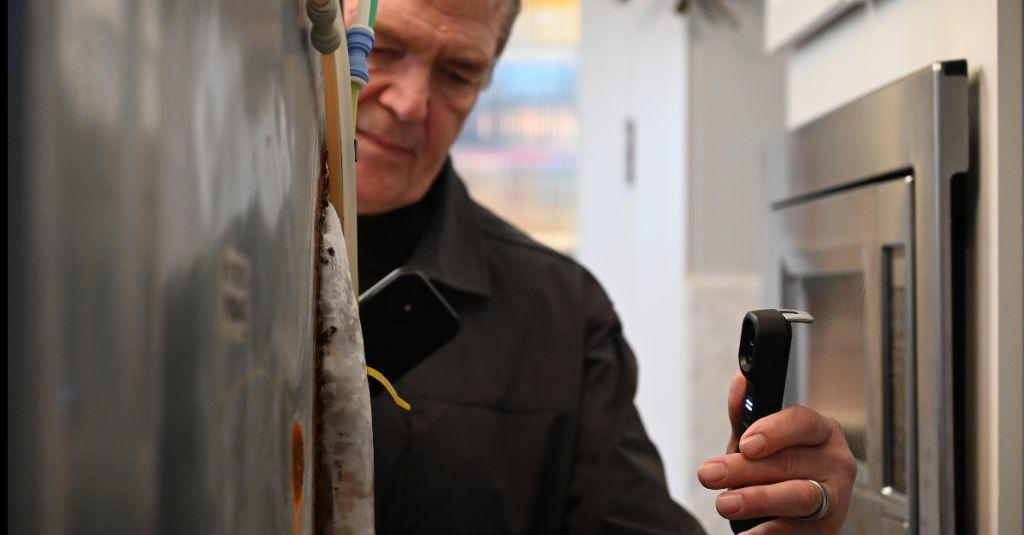




-160x160-state_article-rel-cat.png)
-160x160-state_article-rel-cat.png)
-160x160-state_article-rel-cat.png)
